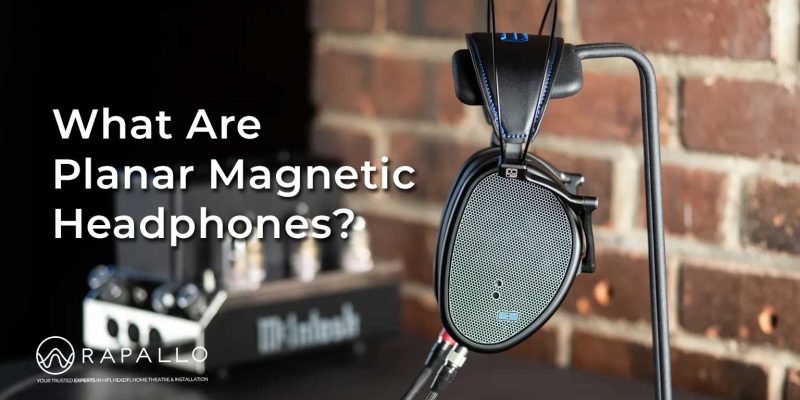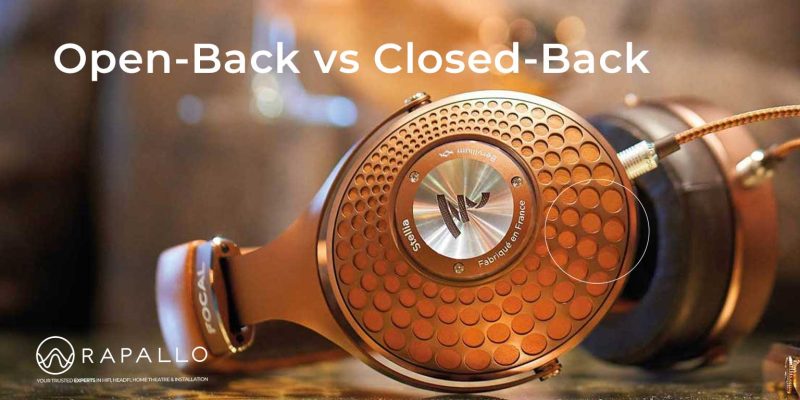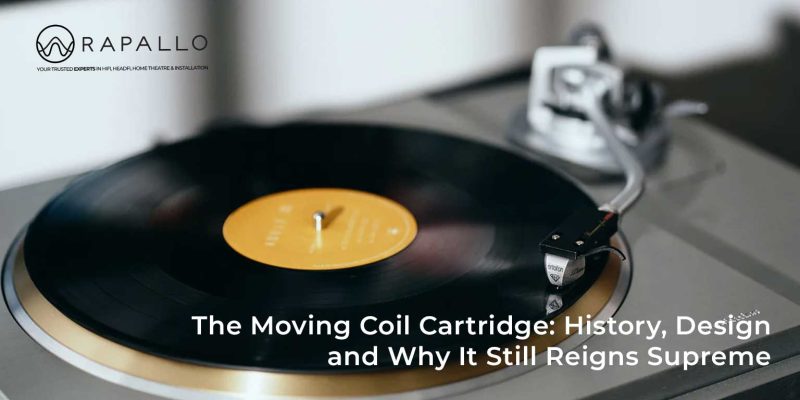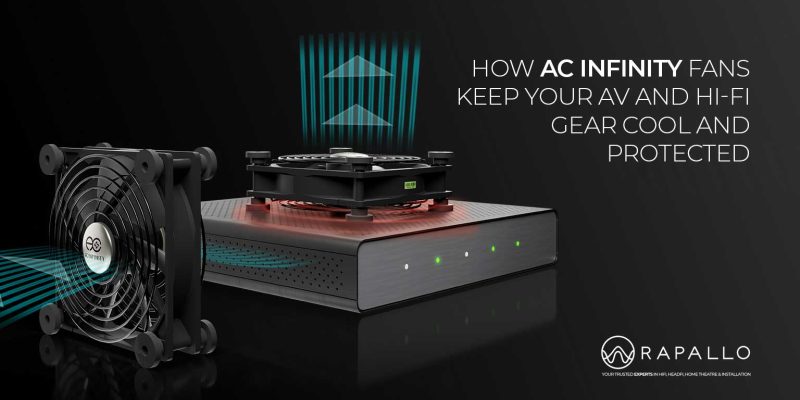The power of two: dual subwoofers

The power of two: dual subwoofers. Bass is the problem-child of the acoustics family. It’s unruly and difficult to handle. Which is why you might bump into all sorts of advice around bass management.
One of the most often recommended measures is the use two or even more subwoofers to handle unruly bass. While you might assume this is for added SPL, the greatest benefit will actually be taming the stroppy sibling with smoother and more consistent bass response as a result.
In an ideal world, home theatre rooms and listening rooms are rectangular, especially when it comes to acoustics, speaker placement and bass.
The reason for the advice based on rectangular rooms is simple: it makes life easy. It makes it predictable and therefore easier to handle.
In an ideal rectangular room, speaker placement almost becomes an exact science and just following some basic rules and some easy calculations can go a long way.
In a not ideal rectangular room, speaker placement becomes more complicated and a whole lot less predictable.
Surely, you’ve clicked by now. Most of us don’t have ideal rectangular shaped dedicated rooms for home theatre or listening room. As a matter of fact, for the majority of us, it’s the second lounge that has to double as a theatre room. If you are lucky enough to have a second lounge, that is.
Even so called “perfectly” rectangular rooms aren’t truly rectangular due to door openings, windows, differences in wall construction, etc.
Put two and two together and you’re handling the unruly child in a non-ideal situation. Recipe for disaster or no-go zone? Absolutely not. You’re are not alone; we’ve been there too and it can be done with a little bit of patience.
We have a done a fair amount of set-ups for customers, and we are more than happy to share some tips to help you on your way to multi-subwoofer placement, hopefully saving you many hours of utter frustration.
Standing waves, nulls and peaks
The whole purpose of dual or multiple subwoofers is avoiding nulls and peaks. Huh?
Even with careful placement, a single subwoofer will not have an optimal frequency response at all listening positions in the room. In any given room location, a subwoofer has a unique ‘modal pattern’ (standing waves with peaks/nulls) and associated frequency response at the listening position.
Let us explain.
Have you ever sung in a bathroom? Some notes seem to make the whole room resonate. In fact, this is exactly what happens. This note you are singing is probably one of the room’s standing waves. Standing wave is a frequency resonance that takes place between two opposite walls, four sides of the room or even all six sides of the room (the 4 walls plus the ceiling and the floor). They are caused by the reflected waves that interfere with the original wave.
The resonant frequency depends on the distance between the two walls. Standing waves are created when the distance between the walls is a multiple of a sound’s wavelength. Walls that are 6 meters apart, with a wavelength that is 5.5 meters long, won’t produce the conditions for the wave reinforcement. However, if the walls are 6 meters apart and the wavelength is 6 meters or 3 meters, then a standing wave will be produced because of the phenomenon explained earlier.
Low frequency waves (bass) below 300Hz are particularly prone to this. Above 300hz, the waves tend not to reflect directly back. In fact, they tend to bounce around a lot more and the sound is also greatly influenced by the objects in the room and the composition of the room’s walls, floor, and ceiling. The location of your subwoofer in the room creates the standing wave modes.
The modes are what determine whether your listening position gets great bass or poor bass. If your chair or sofa happens to be located in one of the nulls of the standing waves, you are not going to hear much deep bass. But if you get up and walk a few feet back, or to the left, or to the right, chances are you will hit one of the peaks and the bass will be very strong, perhaps too much of a good thing. An equalizer will solve some problems, primarily those related to peaks. A null is an entirely different situation and no amount of boost can fill a room-induced null.
Can we avoid nulls and peaks in a home theatre or listening room? No, but we can manage the whole thing. We can get it to a point where it doesn’t interfere with our enjoyment of music or sound. That’s the best we can do because home theatre rooms and listening rooms are too small to allow for the size of the room without ‘treatment’ of some sort.
You guessed the answer to the next question.
How does a dual or multiple subwoofer minimize these peaks and nulls in your room?
A good single subwoofer is great. It handles the bass in music or movies much better than most speakers. After all, that’s its job.
The problem lies in the fact that with one subwoofer a single listener can experience fairly smooth and deep bass, but other listeners seated elsewhere in the same room will hear different bass response, which may be significantly irregular.
With properly located dual subwoofers, the respective modal patterns will overlap, which greatly increases the modal density in the room. The result is a smoother frequency response at more listening positions in the room, with less potential for obvious peaks/nulls in the frequency response.
Which tells us why it is a good thing to have two or more subwoofers in your set-up. It doesn’t explain how to go about the important placement of them.
Time for our tips on how to go about the set-up of dual subwoofers.
Step 1: Think before you buy
To start off with, we highly recommend using identical subwoofers for the best overall result. Using mismatched subwoofers really complicates things and the result may never work well.
Decide how many subwoofers you can afford and logically place in your room. It’s usually a good idea to place either two or four subwoofers in your room. Odd multiples of subwoofers don’t work out so well in rectangular rooms, but they can work just fine in odd shaped rooms without perfect symmetry.
Step 2: Location is everything
Subwoofer location is critical and it is your first line of defence for minimizing calibration headache and ensuring the most consistent sound across all your listening seats.
There are some recommended positions to start off with assuming your room doesn’t deviate too much from the rectangular ideal room. If you have an odd shaped room, experimentation in placement is even more important. Don’t take placement recommendations as gospel. You must measure and experiment to determine the ideal locations in your room. We have previously talked about the ‘crawl method’ and you will find it described in many subwoofer placement articles. We won’t go into it here as it would make the blog post way too long. We will say that the use of an SPL meter will give you even more accurate results.
Bottom-line, you do want to spend a bit of time getting subwoofer placement right.
Recommended placement options for dual subwoofer are:
- opposite diagonal front/rear corners
- at the mid-points of the side walls
- front stage in the corners
- front stage flanking the center channel to the inside of the main speakers
It’s important to realise that all rooms are different, so we highly recommend trying different placement options for the best results. In an ideal rectangular room, the first two options provide consistently good results. Obviously, because good subwoofers are active, you will need a powerpoint in the vicinity of the subwoofers. And even though wireless subwoofer systems exist, nothing beats a decent subwoofer cable from the subs to the amplifier.
The power of two: dual subwoofers. If you can’t move your subwoofers to improve bass performance, try moving your seats a couple of feet forward or backwards
Apart from the above recommended placement options, we highly recommend the use of room mode calculators as a starting point. We do!
The two room mode calculators we like to use are Amroc and Hunecke . Especially the Hunecke loudspeaker calculator allows for a lot of flexibility in set-up and room shape and is very comprehensive. It’s quite fascinating to watch null and peak calculations and how they affect the room as you move around subwoofers (From ‘Crutchfield’).
As mentioned earlier we also highly recommend the use of an SPL meter to help you achieve the flattest possible response. There are some aps for you to download on your phone that do exactly that. For iOS here and for Android here .
Step 3: It’s all about the phase
One of the questions we get asked most when people are looking at buying a subwoofer is: “what is the phase dial for?”. People get what the “volume” dial is for, and most have heard of the “LFE” or crossover frequency setting. But what the heck is the “phase”?
Unfortunately, we’ll have to bore you a bit with physics for that… And because a picture tells a 1000 words, here is a great picture (From ‘All about circuits’).
So, back to our 2 subwoofers. The power of two: dual subwoofers. If you set subwoofer A to “0 degree” phase on the dial, and subwoofer B to “180 degrees”, then the same sound wave coming out at both subwoofers at the same time, will be “out of phase”. This is particularly beneficial for the null mode problem we explained before, because if at a specific location in your room subwoofer A’s wave is at its lowest amplitude, then subwoofer B’s wave will be at its highest amplitude. So with this setup, you will always have one of both subwoofers giving you the maximum amplitude. We are oversimplifying things here a bit to try and explain the fundamentals behind this.
We’ve blown Anthem’s ARC calibration trumpet before and we realise that they are not the cheapest AV receivers around, but you do get value for wat you pay. Anthem’s ARC or the combination of a decent calibrated microphone (such as the UMIK-1 from MiniDSP ) with room calibration software from people like Dirac are of unbelievable help in setting up dual subwoofers. The ELAC Sub Control that is incorporated into the ELAC Debut Subwoofer series is another incredibly handy tool that is worth looking into, especially if your budget is limited.
The calibration software will send “sweeps” to the subwoofers and you can see the frequency profile of the subwoofers in your room in real time. As these “sweeps” are looped, you can then change the phase on one of the 2 subwoofers to find the best (read: flattest) frequency response for your dual subwoofer set up.
We realise that this is still quite technical and may be in the too hard basket. Which is why we offer calibration services at Rapallo. Just give us a call and we’ll be more than happy to help you out.
- What Are Planar Magnetic Headphones?
- Open-Back vs Closed-Back
- Our Guide to Buying a CD Player
- The Moving Coil Cartridge: History, Design, and Why It Still Reigns Supreme
- How AC Infinity Fans Keep Your AV and Hi-Fi Gear Cool and Protected
- Chip DACs vs. Ladder DACs
Source: Audioholics, Audiophile Review, SVS, Dr Floyd Toole, Blu-ray.com, John L. Slayers, Crutchfield, All about circuits





